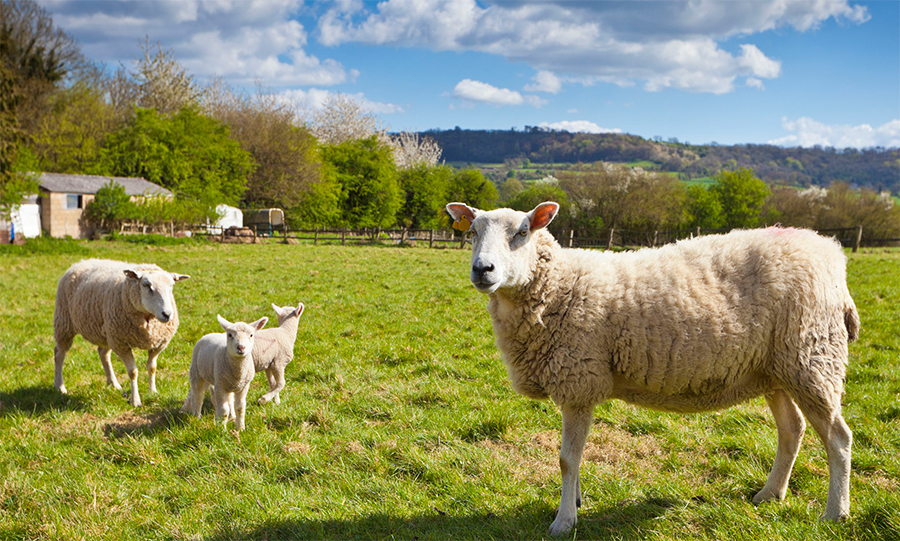
The volume of hoggs reaching auction markets and abattoirs has fallen in recent weeks as is typical at this time of year.
In the past couple of weeks the numbers of hoggs being sold has dipped below year-earlier levels, more markedly in Scotland than England and Wales, according to Stuart Ashworth, Quality Meat Scotland’s Head of Economics Services.
“However, within this the total proportion of hoggs which were too heavy to be categorised in the Standard Quality Quotation - over 45kg liveweight - has increased to 34% in April 2015, up from 27% in April 2014,” said Mr Ashworth.
“This will have acted as a break on the overall trade and the availability of heavy hoggs may also have impacted on the cull ewe trade which has seen prices fall below year earlier levels for the first time since July.”
It is unusual for hogg prices to ease markedly at this time of year, said Mr Ashworth, but the 2014 lamb crop year is drawing to a close on a somewhat low note with prices sliding in the past couple of weeks by around 20p/kg liveweight to rest some 16% down on the year. The easing of prices has been particularly marked following the Easter period.
“As production begins to tail off during April, exports traditionally play a less important role in trade but they still typically represent around 30% of production.
“This year, however, the strength of sterling has constrained this export activity. Trade data from January and February suggests that total exports have declined by 17% in this period.
It is not just exchange rates that have impacted on prices - so too has export demand.
“In our main export market of France, lamb consumption has declined over the past year. Wholesale prices at the Rungis market are struggling to match those of a year ago and French producers are currently receiving 2.3% less in Euro terms than last year for their lambs.”
Farmgate lamb prices are also lower than a year ago in Spain, Ireland, Romania and Italy all big producers of sheepmeat with prices falling steeply once the Easter holiday had passed.
New season lambs are beginning to reach the market, said Mr Ashworth, although in low numbers.
“New season lambs are slightly more abundant than this time last year. The concern for producers is that prices are starting the season at around 206 p/kg lwt - a price reduction on a par with that of prime hoggs.
“With the 2015 lamb crop generally expected to be larger than last year and Sterling remaining strong, despite the uncertainty generated by the approaching general election and the implications of its outcome, the outlook remains uncertain,” observed Mr Ashworth.
